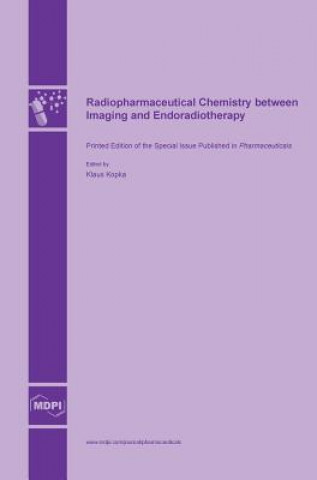
Kod: 10885150
Radiopharmaceutical Chemistry between Imaging and Endoradiotherapy
Positron emission tomography (PET), single photon emission computed tomography (SPECT), and the combined imaging modalities realised in the en-vogue hybrid technologies PET/CT and PET/MR represent the state-of-the-art diagnostic i ... więcej
- Język:
 Angielski
Angielski - Oprawa: Twarda
- Liczba stron: 256
Wydawca: Mdpi AG, 2015
- Więcej informacji o książce

331.06 zł
Zwykle: 334.47 zł
Oszczędzasz 3.41 zł

Dostępna u dostawcy
Wysyłamy za 14 - 18 dni
Zobacz książki o podobnej tematyce
-

Narrating the Past
284.37 zł
Bon podarunkowy: Radość gwarantowana
- Podaruj bon o dowolnej wartości, a my się zajmiemy resztą.
- Bon podarunkowy dotyczy całej naszej oferty.
- Możesz wydrukować elektroniczny bon z e-maila a następnie przekazać go obdarowanemu.
- Ważność bonu wynosi 12 miesięcy od daty wystawienia.
Więcej informacji o Radiopharmaceutical Chemistry between Imaging and Endoradiotherapy
Za ten zakup dostaniesz 194 punkty
 Opis
Opis
Positron emission tomography (PET), single photon emission computed tomography (SPECT), and the combined imaging modalities realised in the en-vogue hybrid technologies PET/CT and PET/MR represent the state-of-the-art diagnostic imaging technologies in nuclear medicine which are used for the highly sensitive non-invasive imaging of biological processes at the subcellular and molecular level in a respective patient for the visualisation of rather early disease states or for early inspection of treatment response after chemotherapy, radiation- or radioendotherapy. Radiolabelled molecules, bearing a "radioactive lantern", function as so called Radiopharmaceuticals which have to be compliant with the pharmaceuticals act, and can be termed as "food" of nuclear medicine. In general, the specialised field Radiopharmaceutical Chemistry focusses on the development, synthesis and radiolabelling of aforementioned "food", such as small molecules, biotechnology-derived antibodies or (cyclised) (oligo)peptides which are used to address clinically relevant biological "downstream" targets such as receptors, enzymes, transport systems and others. Addressing "upstream" targets such as DNA- and RNA-fragments using corresponding radioactive substrates represents a further feasible strategy. Originally, Radiopharmaceutical Chemistry descends from radiochemistry and radiopharmacy as well as nuclear chemistry and uses methods finally aiming at the production of radioactive substances for human application which are essential for non-invasive in vivo imaging by means of the aforementioned scintigraphic methods PET or SPECT. The cornerstone for applicable radiochemistry in nuclear medicine was set by the Hungarian chemist George Charles de Hevesy who received the Nobel Prize in 1943 for his work on the radioindicator principle. This principle is based on the idea that the absolute amount of the administered substance is below the dose needed to induce a pharmacodynamic effect. Nowadays, a radioactive substance that can be traced in vivo as it moves through the living organism is termed radiotracer or radiopharmaceutical. As mentioned above, the biodistribution of radiopharmaceuticals is measured non-invasively reflecting functional or molecular disorders without pharmacologically affecting the organism. In the era of personalised medicine the diagnostic potential of radiopharmaceuticals is directly linked to a subsequent individual therapeutic approach called radioendotherapy. Depending on the "radioactive lantern" (gamma or particle emitter) used for radiolabelling of the respective tracer molecule, the field Radiopharmaceutical Chemistry can contribute to the set-up of an in vivo "theranostic" approach especially in tumour patients by offering tailor-made (radio)chemical entities labelled either with a diagnostic or a therapeutic radionuclide. To succeed in the design of targeted high-affinity radiopharmaceuticals that can measure the alteration of receptors serving at the same time as biological targets for individualised radioendotherapy several aspects need to be considered: (i) reasonable pharmacological behaviour (especially pharmacokinetics adjusted to the physical half-life of the used radionuclide), (ii) ability to penetrate and cross biological membranes, (iii) usage of chemical as well as biological amplification strategies (e.g. pretargeting, biological trapping of converted ligands, change of the physicochemical behaviour of the radiopharmaceutical after target interaction, combination with biotransporters and heterodimer approaches), (iv) availability of radiopharmaceuticals with high specific activities and in vivo stability.
 Szczegóły książki
Szczegóły książki
Kategoria Książki po angielsku Medicine Other branches of medicine Pharmacology
331.06 zł
- Pełny tytuł: Radiopharmaceutical Chemistry between Imaging and Endoradiotherapy
- Język:
 Angielski
Angielski - Oprawa: Twarda
- Liczba stron: 256
- EAN: 9783038420842
- ISBN: 9783038420842
- ID: 10885150
- Wydawca: Mdpi AG
- Waga: 753 g
- Wymiary: 244 × 170 × 21 mm
- Data wydania: 01. September 2015
Ulubione w innej kategorii
-

New Bach Flower Therapies
73.06 zł -4 % -

New Bach Flower Body Maps
96.52 zł -
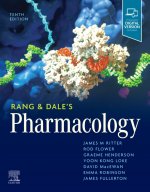
Rang & Dale's Pharmacology
320.95 zł -

Prescriber's Guide - Children and Adolescents: Volume 1
298.60 zł -
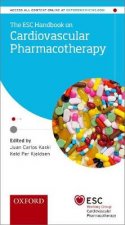
ESC Handbook on Cardiovascular Pharmacotherapy
353.73 zł -
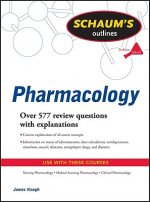
Schaum's Outline of Pharmacology
126.89 zł -3 % -

Toxin Solution
74.17 zł -

Prescriber's Guide: Antipsychotics
186.24 zł -

Poisoner's Handbook
77.17 zł -5 % -
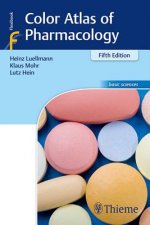
Color Atlas of Pharmacology
210.79 zł -
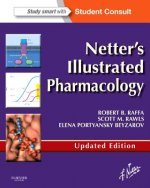
Netter's Illustrated Pharmacology Updated Edition
270.23 zł -4 % -
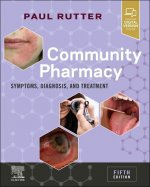
Community Pharmacy
256.70 zł -5 % -
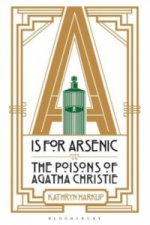
A is for Arsenic
57.43 zł -15 % -
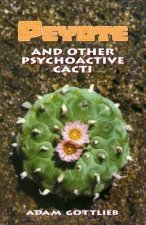
Peyote and Other Psychoactive Cacti
65.25 zł -4 % -
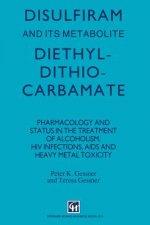
Disulfiram and its Metabolite, Diethyldithiocarbamate
295.29 zł -
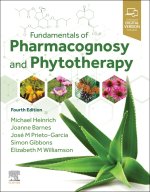
Fundamentals of Pharmacognosy and Phytotherapy
261.31 zł -4 % -
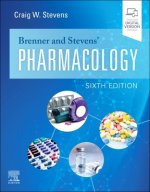
Brenner and Stevens' Pharmacology
267.03 zł -21 % -
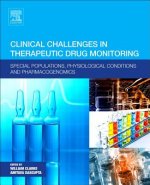
Clinical Challenges in Therapeutic Drug Monitoring
279.76 zł -
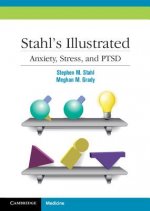
Stahl's Illustrated Anxiety, Stress, and PTSD
333.99 zł -

Age of Anxiety
132.41 zł -

Bartram's Encyclopedia of Herbal Medicine
70.06 zł -23 % -
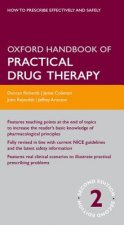
Oxford Handbook of Practical Drug Therapy
187.94 zł -4 % -

Health from God's Garden
73.06 zł -4 % -
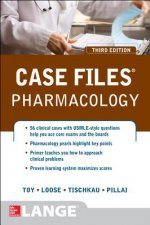
Case Files Pharmacology, Third Edition
183.63 zł -
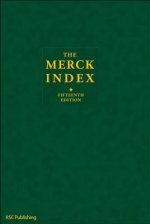
Merck Index
711.09 zł -

Cannabis Alchemy
80.98 zł -4 % -

Truth About the Drug Companies
70.06 zł -23 % -
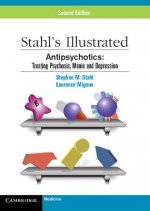
Stahl's Illustrated Antipsychotics
333.99 zł -

Manual of Chinese Herbal Medicine
113.26 zł -1 % -
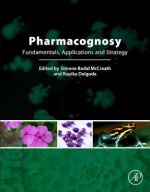
Pharmacognosy
824.76 zł -

Clinical Pharmacy Education, Practice and Research
688.53 zł -
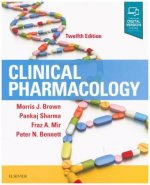
Clinical Pharmacology
311.43 zł -

Druid's Herbal for the Sacred Earth Year
65.04 zł -5 % -
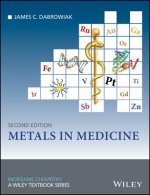
Metals in Medicine 2e
431.02 zł -

Clarke's Analytical Forensic Toxicology
388.42 zł -

Chelation Controversy
81.98 zł -4 % -

Handbook of Antioxidants
649.84 zł -

Pharmacist Guide to Implementing Pharmaceutical Care
864.55 zł -
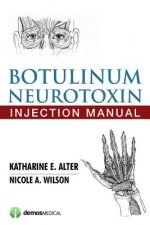
Botulinum Neurotoxin Injection Manual
384.21 zł -
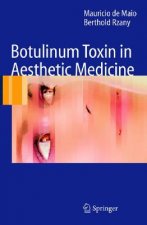
Botulinum Toxin in Aesthetic Medicine
728.73 zł -
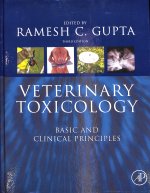
Veterinary Toxicology
638.51 zł -9 % -

Pharmacognosy and Phytotherapy
662.57 zł -
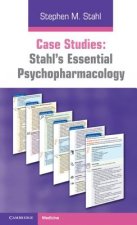
Case Studies: Stahl's Essential Psychopharmacology
379.20 zł -
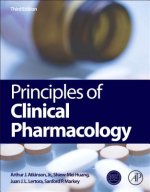
Principles of Clinical Pharmacology
688.53 zł -
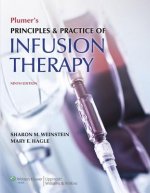
Plumer's Principles and Practice of Infusion Therapy
526.95 zł -

Hair Analysis in Clinical and Forensic Toxicology
552.11 zł -

Prescriber's Guide: Antidepressants
360.45 zł -
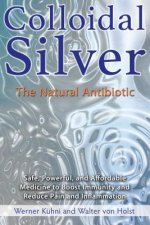
Colloidal Silver
62.34 zł -14 % -

Handbook of Drug Administration via Enteral Feeding Tubes
334.79 zł
zadowolonych klientów
Od roku 2008 obsłużyliśmy wielu miłośników książek, ale dla nas każdy był tym wyjątkowym.
Copyright! ©2008-24 libristo.pl Wszelkie prawa zastrzeżonePrywatnieCookies


 21 milionów książek
21 milionów książek Dostawa 10.99 zł
Dostawa 10.99 zł (32) 444 93 66 (8-15.30h)
(32) 444 93 66 (8-15.30h)